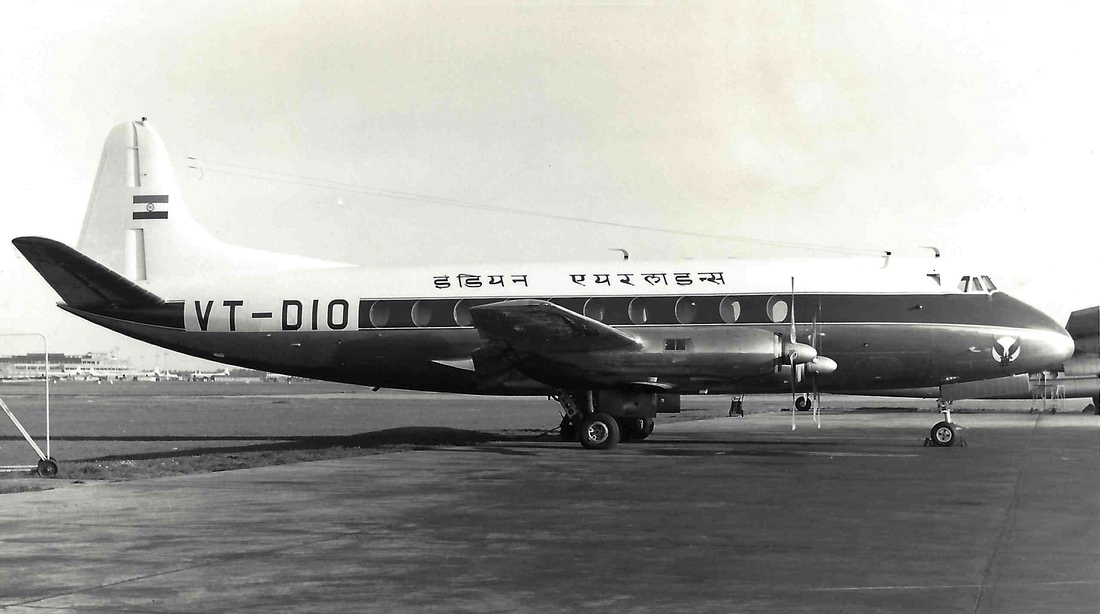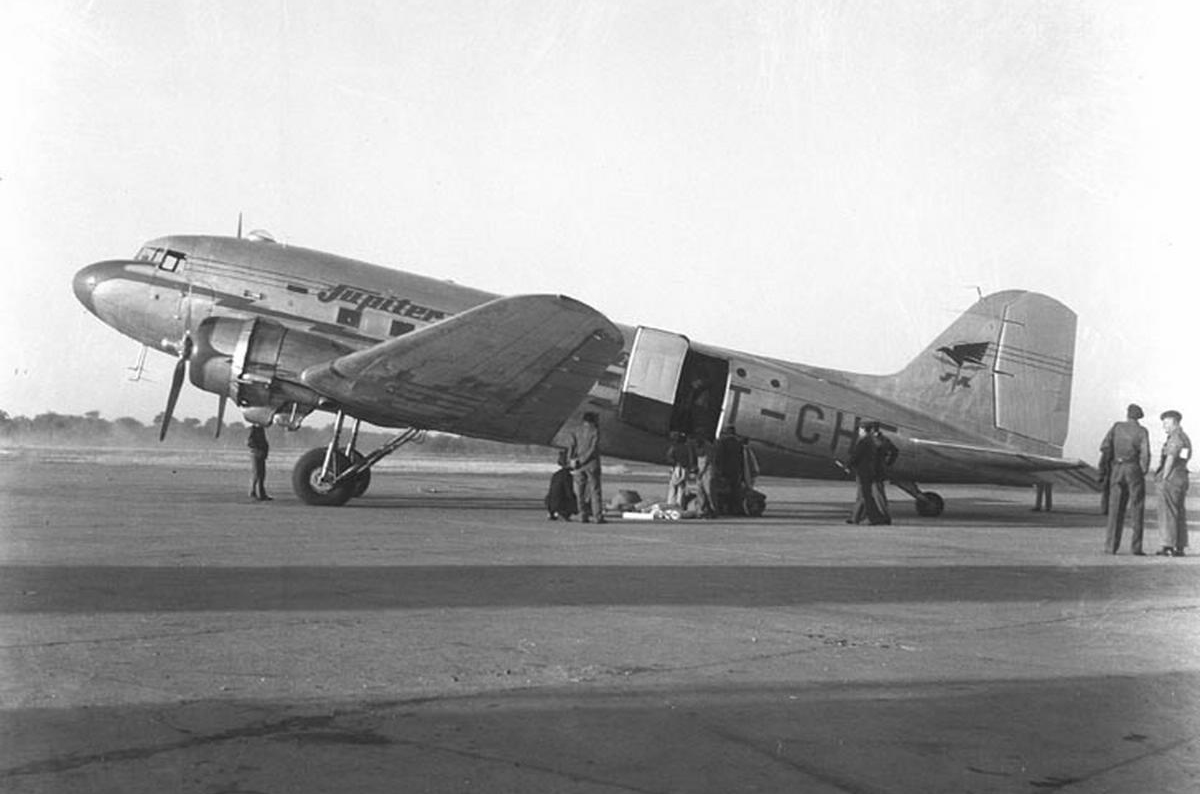Crash of a Dornier DO228-201 in Aurangabad
Date & Time:
Sep 22, 1988 at 1758 LT
Registration:
VT-EJT
Survivors:
Yes
Schedule:
Nagpur – Aurangabad
MSN:
8064
YOM:
1986
Crew on board:
3
Crew fatalities:
Pax on board:
5
Pax fatalities:
Other fatalities:
Total fatalities:
0
Circumstances:
While nearing Aurangabad, the weather was deteriorating. ATC Aurangabad kept the pilot apprised about the prevailing surface wind and rain. The pilot too had similar observations of adverse weather and deteriorated visibility. The commander sighted the runway quite late and the aircraft was descended very fast triggering the Ground Proximity Warning System and aural warning. After coming close to the runway the pilot attempted to open power on the engines. However, he found himself unable to move the power lever forward. The aircraft continued to sink fast and crashed over undershoot area of the runway 27. The aircraft sustained substantial damage. No person on board sustained serious injury. There was no fire.
Probable cause:
The cause of the accident has been attributed as the commander while landing during bad weather had descended at a very fast rate and subsequently could not arrest the sink rate while approaching close to the runway due to improper handling of engine controls. Non-availability of deteriorating visibility conditions to the flight crew at the time of landing is a contributory factor.






